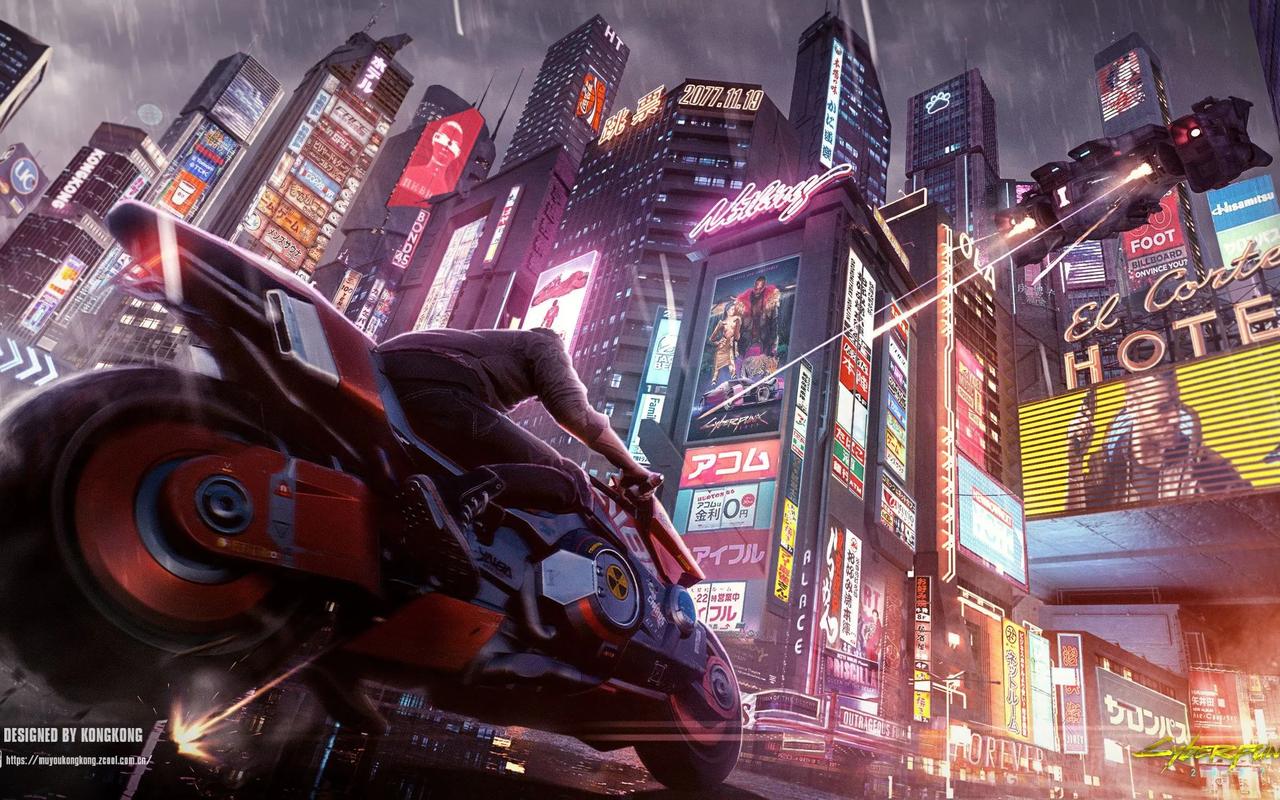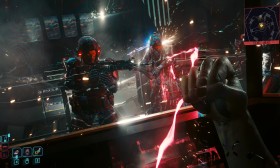Your Ultimate Guide to Completing the Animal Crossing: New Horizons Museum
There's a special kind of pride that comes from walking through the halls of your very own Animal Crossing: New Horizons museum. The hushed silence, the beautiful exhibits, and the sheer wonder of seeing a complete collection that you, the island representative, single-handedly built from the ground up. For many players, achieving a 100% complete museum is one of the most satisfying long-term goals in the game. It’s a marathon, not a sprint, requiring patience, knowledge, and a little bit of luck across all four seasons.
Whether you're a new resident just starting out or a seasoned islander looking to fill those last few pesky gaps, this comprehensive guide is your one-stop resource for donating every fossil, fish, bug, and piece of art to the wise Blathers. We'll cover everything from the basics of donating to the specific spawn conditions for the rarest creatures, ensuring you have all the tools needed to create a cultural landmark worthy of a five-star island.
Getting Started with Donations
The journey begins almost as soon as you step off the seaplane. In the early days, you'll need to donate five critters (either fish or bugs) to Tom Nook before Blathers even considers setting up camp. Once he arrives in his tent, your first task is to give him 15 more unique specimens to convince him to build the full museum. From that point on, the real work begins!
The golden rule of museum completion is simple: When in doubt, donate first. Before you sell that new fish to Timmy and Tommy or gift that strange fossil to a villager, take a sprint to the museum. The game will conveniently tell you if an item in your inventory is "new" or not, but developing a habit of donating as you play is the key to steady progress. You can assess fossils for a small fee to identify them, but you can also just donate the unidentified fossils directly—Blathers will only accept the ones the museum is missing, saving you the bells.
Let's break down each wing of the museum and the strategies you'll need to complete them.
Mastering the Fossil Collection
Completing the fossil collection is often the first major milestone for players, as it's the only collection not dependent on time of year. Every day, four to five fossil dig spots will appear on your island. Be diligent about finding them all! Here’s your action plan:
- Daily Digs: Make fossil hunting part of your daily routine. Look for the characteristic star-shaped cracks in the ground.
- Assessment is Key: Take all your unearthed fossils to Blathers for assessment. He will tell you what they are, and you can then choose to donate any new ones.
- The Power of Trading: Once your collection is nearly complete, you'll likely find yourself with a lot of duplicates. These are incredibly valuable! Use online trading communities, forums, or play with friends to trade your duplicates for the few fossils you're missing. This is the most reliable way to wrap up this collection without waiting for pure random chance.
The fossil collection includes everything from the mighty T. Rex to the tiny Trilobite, and seeing a fully assembled skeleton is a true highlight of the museum.
Conquering the Fish and Bug Collections
The aquarium and insect exhibits are where timing becomes absolutely critical. Your success here is tied to the real-world clock and calendar, as different species are available only during specific months and times of day.
Key Strategies for Catching Rare Fish and Bugs:
-
Understand Spawn Conditions: This is the most important factor. Pay close attention to:
- Months (Northern & Southern Hemispheres): The game allows you to set your hemisphere, drastically changing which creatures are available. If you're missing a summer fish and it's winter for you, you'll have to time travel or trade with someone in the opposite hemisphere.
- Time of Day: Many fish and bugs only appear for a few hours each day. The Coelacanth, a famous rare fish, only appears when it's raining, regardless of the time.
- Location: Is the fish in the river, pond, or ocean? Is it by the pier? For bugs, are they on tree stumps, flowers, or palm trees?
- Shadow Size: For fish, the shadow size is your biggest clue. The rare Stringfish, for instance, has a huge shadow in the clifftop rivers.
-
Bait is Your Best Friend: Crafting fish bait by digging up Manila Clams on the beach is a game-changer, especially for pier fish like the elusive Mahi-Mah and Giant Trevally. Instead of waiting and hoping, you can force spawn fish exactly where you need them.
-
Scare Away Unwanted Fish: When hunting for a specific fish in a specific location, scare away the smaller, common fish by running near them. This clears the water and allows new fish to spawn more quickly.
-
Patience with Bugs: For tree-based bugs, consider creating a "bug-farming" area on a remote part of your island. Plant several spare palm trees and regular trees in an easily accessible pattern. This gives you a concentrated area to check for valuable beetles like the Goliath Beetle or the Horned Hercules, which only appear on palm trees during summer nights.
Some of the most challenging donations include the Stringfish (large river clifftop shadow, Dec-Mar), the Golden Trout (medium river clifftop shadow, Mar-May/Sept-Nov), and the Scorpion and Tarantula (which appear after 7 PM and will chase you if you have a net out!). Remember, creating a dedicated "farming" island using Nook Miles Tickets can also be a great way to hunt for specific bugs or fish under different conditions.
The Tricky Art of the Art Gallery

The art gallery, introduced in an update, is arguably the most challenging section to complete due to one simple reason: Jolly Redd. This shady fox cousin sells art, but his stock is almost always fake. Donating a forgery is impossible, so you must learn to spot the differences.
How to Navigate Jolly Redd's Treasures:
- Redd's Visits: Redd will appear on your island randomly, anchoring his trawler at your secret beach. You can also find him on Harv's Island once you've donated to his co-op, which provides a weekly opportunity to check his wares.
- Become an Art Detective: The key to completing the art gallery is learning to identify forgeries. Some differences are obvious (a famous piece with an extra fruit or a different hat), while others are subtle (the direction a character is looking). It's highly recommended to keep a digital guide or image comparison open on your phone when you visit Redd. Look up the real-world painting or sculpture and compare it meticulously to what he's selling.
- Only One Real Piece Per Visit: Redd will typically only have one genuine piece of art per visit. Sometimes, he might have none. Check them all carefully.
- Trading is Essential: Given the random nature of Redd's stock and the sheer number of pieces needed, trading with other players is practically a necessity for completing the art gallery in a reasonable timeframe. Your duplicate genuine statues can be someone else's missing masterpiece, and vice-versa.
Pieces like the "Valiant Statue" and "Great Statue" are incredibly rare and highly sought after, so if you find a genuine one, you have a powerful trading asset.
Final Tips for Total Museum Completion
- Use Online Resources: Websites like Nookipedia and the Animal Crossing Wiki are invaluable. They have comprehensive, filterable lists of every fossil, fish, bug, and art piece, complete with their exact spawn conditions and images to help with Redd's forgeries.
- Embrace the Community: The Animal Crossing community is vast and friendly. Don't be afraid to ask for help, offer trades, or open your gates for others who are looking for a specific bug or fish that's currently active on your island.
- Enjoy the Journey: It's easy to get obsessed with the "completion" aspect, but don't forget to enjoy the process. The changing of the seasons brings new surprises. The thrill of finally catching that fish you've been after for months is a feeling unlike any other. Take time to just walk through your completed (or nearly completed) museum and appreciate the beautiful, living world you've curated.
Completing the museum is a testament to your dedication as an island resident. It’s a personal achievement that fills you with a sense of wonder and accomplishment every time you visit. With this guide in hand, you're well-equipped to help Blathers create the greatest museum the Animal Crossing world has ever seen. Happy donating















